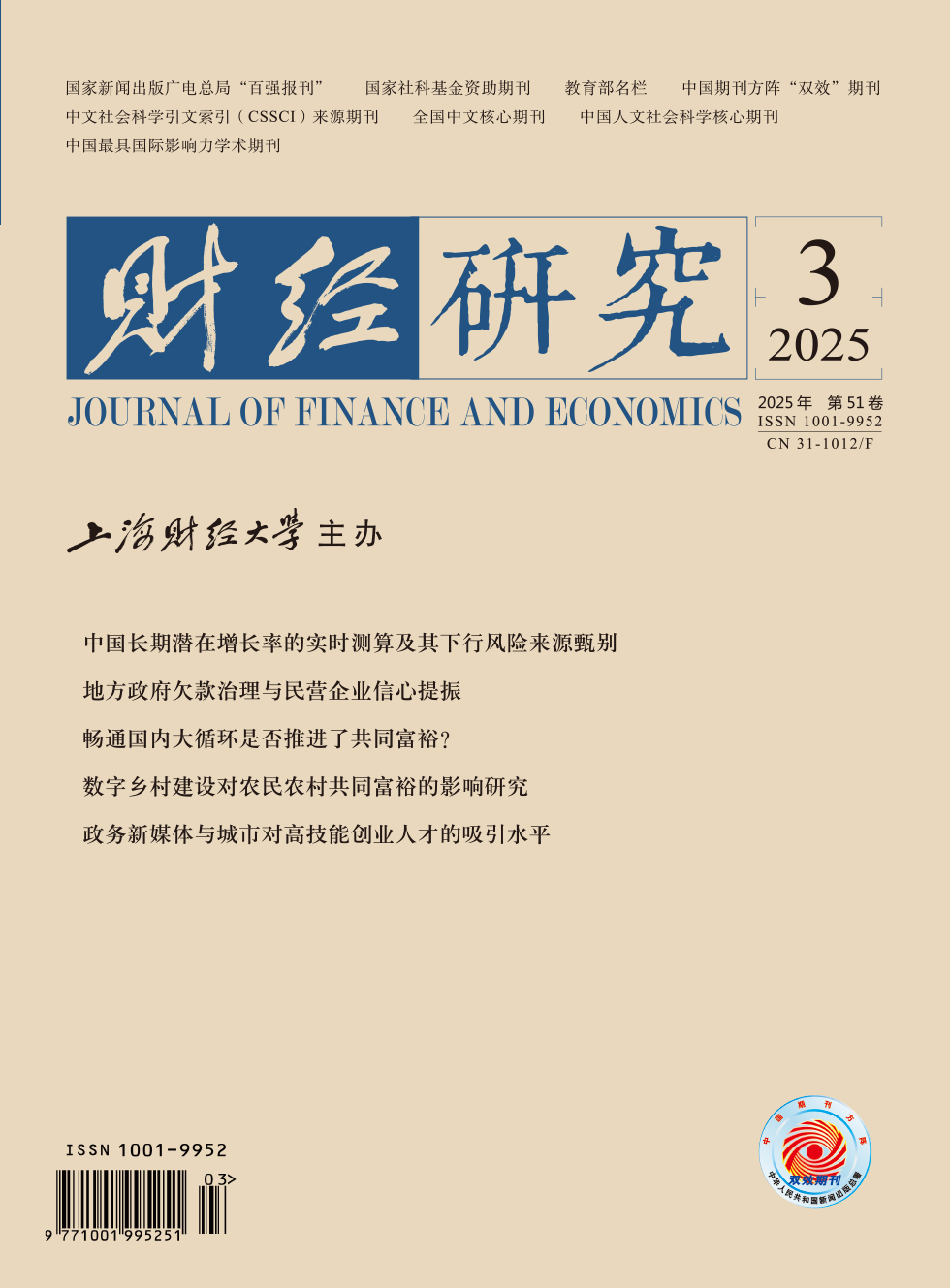With the historic evolution of China’s principal social contradiction, common prosperity has become a pivotal instrument to address imbalanced and inadequate development. In advancing this historical process, we must effectively remove institutional obstacles across production, distribution, circulation, and consumption, achieving both aggregate equilibrium and structural optimization in economic operations. And the domestic circulation serves as the central enabling mechanism in the process. Therefore, clarifying the intrinsic linkage between domestic circulation and common prosperity, particularly how to effectively leverage China’s supersized market advantages to promote common prosperity, constitutes an urgent practical challenge requiring breakthroughs. This paper provides theoretical and empirical explanations for the above issues.
The results show that the smooth flow of domestic circulation significantly enhances residents’ material prosperity and spiritual prosperity. Mechanistically, production and consumption sectors, serving as pivotal nodes for supply and demand equilibrium, are important transmission hubs. The positive effect is primarily attributed to the increase in entrepreneurial vitality, the improvement of labor productivity, and the upgrading of the consumption structure. Notably, households with localization advantages, risk preferences, and higher educational attainment exhibit larger marginal benefits from the smooth flow of domestic circulation. Furthermore, international circulation demonstrates a significant positive spillover effect on domestic circulation, becoming an accelerator for common prosperity.
The academic value of this paper could be concluded in three aspects: First, it pioneers a unified analytical framework integrating the smooth flow of domestic circulation and common prosperity, employing micro-level household data to investigate their intrinsic linkage. Second, by focusing on production, distribution, circulation, and consumption dimensions, it systematically elucidates the transmission mechanism through which domestic circulation advances common prosperity. Third, it develops an individual-centered measurement system to precisely assess common prosperity attainments. Collectively, this paper provides theoretical foundations and policy insights for leveraging China’s supersized market advantages to stimulate domestic demand potential, optimizing synergistic development paths for dual circulation, and implementing progressive strategies toward common prosperity.





 3146
3146  3816
3816

